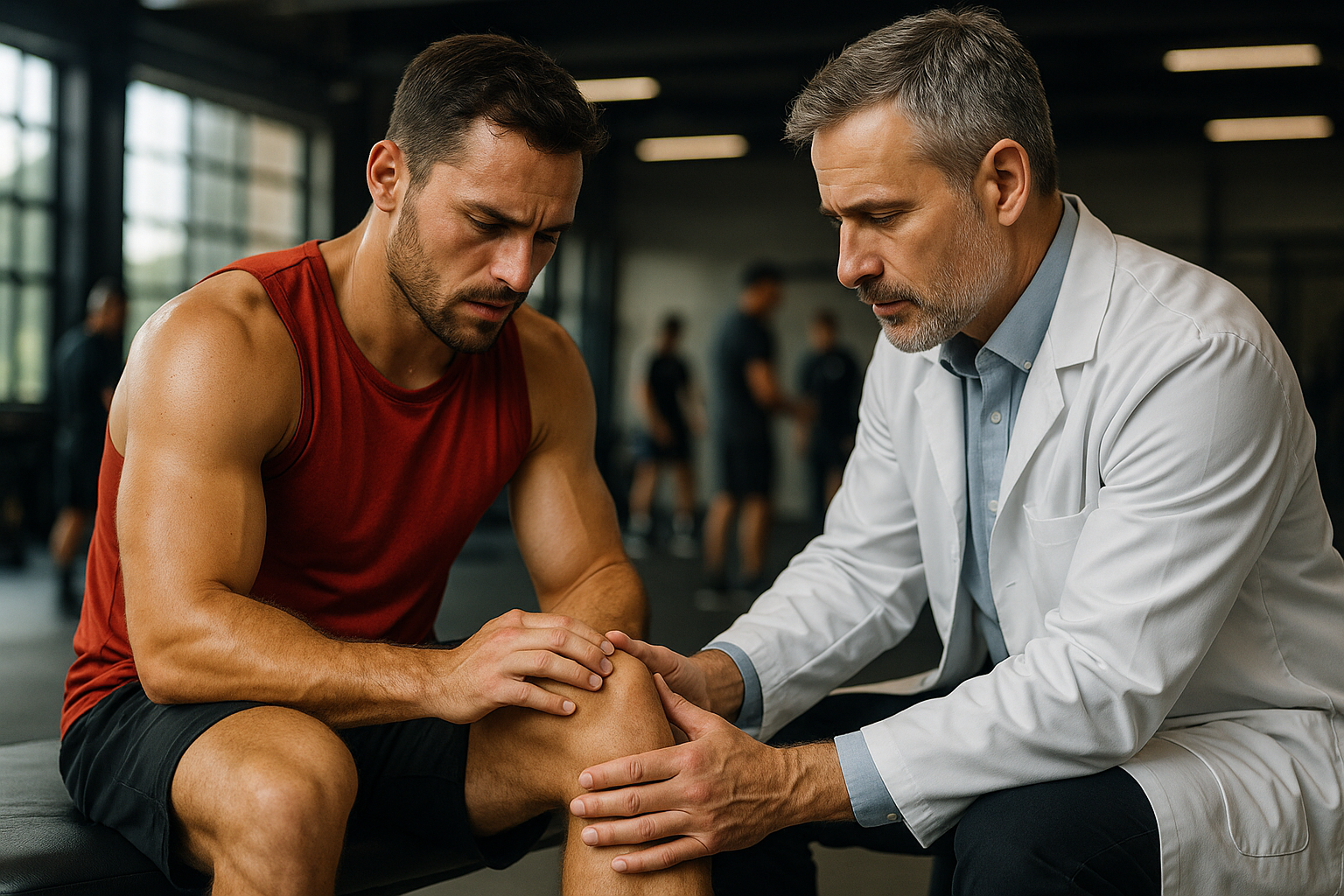Knee Braces: Uses, Types, and Choosing the Right Support
Knee braces are wearable devices designed to reduce joint pain, provide support, and improve joint stability during activity or recovery. People use them for short-term injury management, chronic conditions such as osteoarthritis, or added protection during exercise. Choosing the right brace depends on symptoms, activity level, and any underlying healthcare guidance.

This article is for informational purposes only and should not be considered medical advice. Please consult a qualified healthcare professional for personalized guidance and treatment.
How do knee braces help joint pain?
Knee braces can reduce joint pain by limiting harmful movement, distributing load away from painful areas, and providing compression that can ease swelling. For some users, a brace offers immediate symptomatic relief during walking or exercise. However, a brace addresses symptoms rather than underlying causes; assessing the reason for pain—such as meniscus injury, ligament strain, or arthritis—with a healthcare professional will guide appropriate long-term management.
What types of support do knee braces provide?
Braces vary by design and the type of support they offer. Common categories include sleeves (compression and warmth), wraparound braces (adjustable fit), patellar straps (for tendon-related pain), hinged braces (stability for ligament injuries), and unloader braces (to shift pressure away from an arthritic compartment). Materials and construction affect breathability, compression level, and durability. Choosing the right type depends on whether you need simple compression, motion control, or targeted offloading.
When should you consult healthcare for a knee brace?
Consult a physician, physical therapist, or orthotist when pain is severe, recurrent, or associated with instability, swelling, or inability to bear weight. Healthcare professionals can diagnose underlying conditions, recommend appropriate brace types, and ensure proper sizing and fit. For surgical cases or complex ligament injuries, a custom brace or post-operative model may be recommended. Local services such as orthotics labs and physical therapy clinics can assess gait, fit braces, and provide a personalized plan.
How can knee braces assist with aging knees?
As people age, joint structures and surrounding muscles can change, increasing susceptibility to pain and instability. Knee braces can help older adults maintain activity by reducing pain during walking or exercise, supporting confidence in movement, and sometimes decreasing reliance on pain medication. Combined with strength training, balance work, and weight management, a brace can be one part of a broader strategy to preserve mobility. Discuss long-term goals with a healthcare provider to avoid over-reliance and to plan complementary interventions.
Do knee braces improve joint stability?
Knee braces can improve perceived and mechanical stability in many situations. Hinged braces and those with rigid elements are commonly used after ligament injuries to limit unwanted motion during healing or sport. For chronic instability, a brace can reduce episodes of giving way while a rehabilitation program addresses muscle strength and neuromuscular control. Keep in mind that while braces assist stability, they are most effective when used alongside targeted therapy that strengthens the muscles and retrains movement patterns.
Sizing, fit, and practical tips
A proper fit is essential for effectiveness and comfort. Measure as instructed by manufacturers or have a clinician fit a brace—wrong sizing can slip, bunch, or fail to support the intended area. Check for skin irritation, and follow care instructions to extend life: hand wash or gentle machine cycles depending on material, air dry, and inspect fasteners regularly. If a brace causes increased pain, numbness, or swelling, discontinue use and consult a healthcare professional.
Conclusion
Knee braces are a versatile tool for managing joint pain, providing support, and enhancing joint stability across a range of needs from injury recovery to age-related changes. They are not a cure but can be an effective component of a comprehensive care plan that includes evaluation by healthcare providers, exercise, and lifestyle measures. When considering a brace, prioritize proper diagnosis, correct fit, and integration with rehabilitation or local services to get the most benefit.






